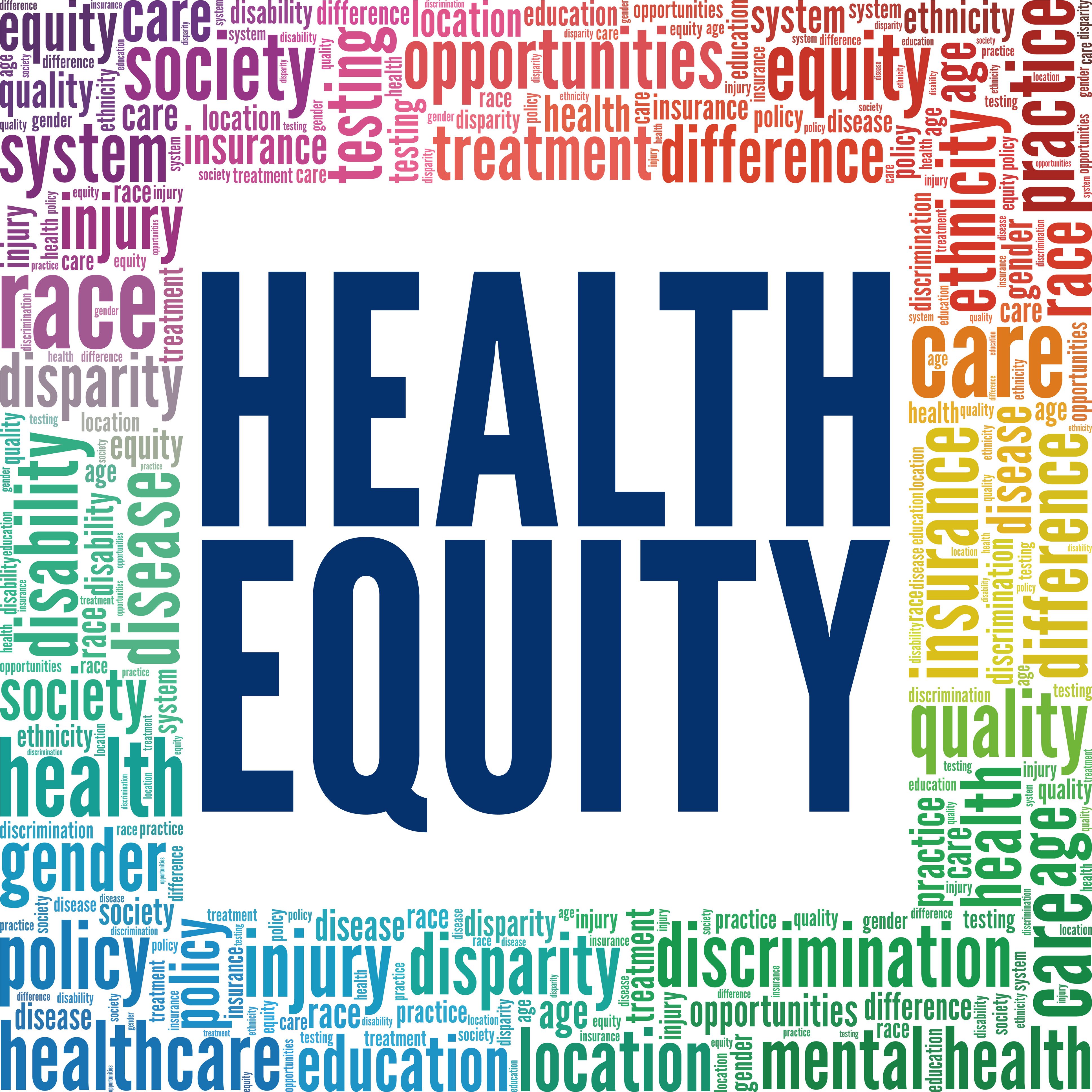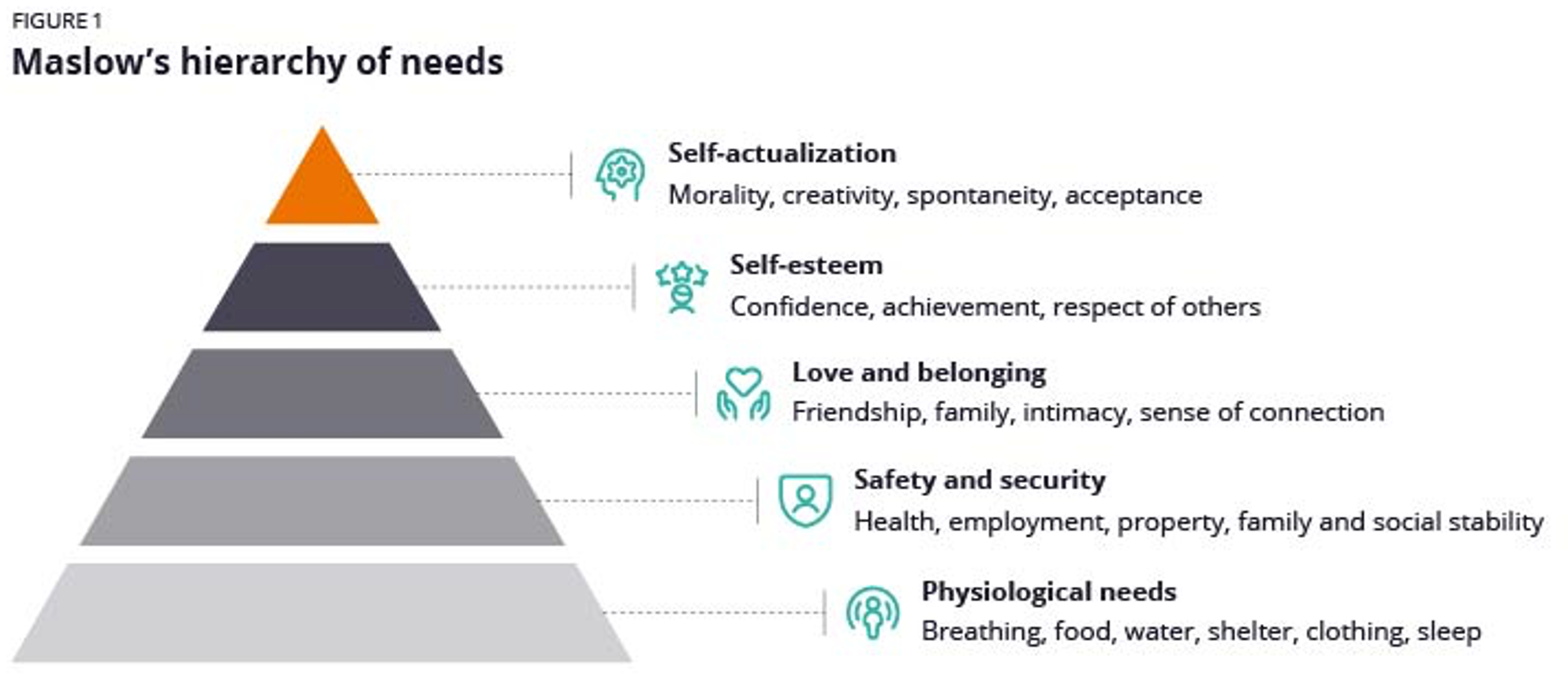Article
Pharmacists are Untapped Resource for Reducing Health Disparities
Pharmacists can address the needs of health care consumers earlier in the care journey by building interpersonal relationships and community trust, as well as by leading institutional and public policy reform.
In a perfect world, everyone would have the same access to affordable and high-quality care, as well as opportunities that support a healthy and productive life—regardless of socioeconomic status, race, ethnicity, sex, gender or other demographic factors. Unfortunately, whether we look at hospitalization rates, maternal mortality, smoking-related disease burden, organ transplant prevalence, cancer treatment services, or dozens of other statistics, we see this is not the case.
Credit: Colored Lights - stock.adobe.com

While solving a problem as complex as this requires contributions from many stakeholders, one that’s frequently overlooked is the pharmacist. Pharmacies are the United States’ most accessible health care sites, with nearly 90% of Americans living within 5 miles of one. This uniquely positions pharmacists to address the needs of health care consumers earlier in the care journey by building interpersonal relationships and community trust, as well as by leading institutional and public policy reform.
Fragmented health equity strategies fail to treat the whole person
Despite efforts from organizations across the health care ecosystem to drive greater health equity, inequities persist. In our report, “Advancing health equity: Practical solutions to address variations in care,” published in collaboration with the Health Leadership Council (HLC), ZS identified 3 areas of improvement for health care stakeholders seeking to address health disparities:
- Better integration. Organizations are largely leading ad hoc health equity initiatives. To create greater accountability, organizations should build an official structure that integrates with existing organizational governance and business processes.
- Data-driven goals. Organizations must better analyze data, and do so systematically, to identify areas of greatest need or potential impact and to create prioritized goals based on these insights.
- Scaled-up interventions. Too many organizations miss the opportunity to replicate successful pilots or one-off partnerships with larger patient segments or geographies.
To this, we add a fourth area of improvement: a need for more focus on treating the whole patient.
Health care companies create products, services, and experiences for real human beings who lead complicated, highly individualized lives and who may struggle with various physical, cognitive, social, cultural, and emotional needs simultaneously. Yet, so many companies have designed fragmented health equity strategies that address just 1 or 2 needs that conveniently align with the organization’s business objectives.
Using Maslow’s hierarchy of needs to focus health equity interventions
For companies seeking to design solutions that holistically address an individual’s needs, we recommend they employ as a guiding principle Maslow’s hierarchy of needs (Figure 1). In Maslow’s hierarchy, needs lower in the pyramid must be satisfied before an individual can attend to ones higher up.
FIGURE 1: Maslow’s hierarchy of needs

To see how this could apply in the real world, consider a safety-net primary care facility that refers a patient with diabetes to a food pharmacy for counseling on diet and exercise. The patient has 3 children, works 2 jobs, and lives paycheck to paycheck.
Her mother helps around the house but cooks food that is not conducive to controlling diabetes. According to Maslow’s hierarchy, this patient must have developed 3 foundational levels—physiological, safety and security, and love and belonging—to successfully adopt a new wellness routine.
In other words, without financial stability, strong social support and self-efficacy, the patient may struggle to adhere to her personalized wellness plan. As a result, this clinic may observe little or no change in the patient’s outcomes, despite its best efforts and intentions.
To design more appropriate interventions, companies must accept that addressing diseases and unhealthy behaviors is just the tip of the iceberg when it comes to designing solutions to improve population health. Conditions in which people live, work, love, and learn exert a major influence on health outcomes. We must dive beneath the surface to understand underlying factors affecting health and then build resources that address the root of causes of health disparities.
What it takes to influence individual patient behavior
To drive meaningful health changes across a broad population, companies must better align their business objectives to the complexities of individual health care consumers’ lives and needs. The ecological model of behavior illustrates how an individual’s environment influences their perceptions and behaviors (Figure 2).
FIGURE 2: The ecological model of behavior change

At the interpersonal level, we are influenced by our friends, family members and cultural traditions. At the institutional level, we are influenced by our schools and workplaces. The presence (or absence) of local parks and grocery stores would represent a community-level influence, whereas laws and regulations represent examples of public policy-level influences on individual behavior.
The more levels of influence organizations target for interventions, the greater will be their odds of driving change. By using this ecological model to implement a “surround sound” approach, organizations can expand their health equity strategies’ reach and impact. By decentralizing social care across multiple levels of influence, we also benefit by proactively engaging consumers in their environment and delivering appropriate resources to help them move up Maslow’s hierarchy sooner.
Pharmacists are uniquely positioned to influence individual behavior
Embedded as they are in so many communities, pharmacies can become hubs of social care that drive change at every ecological level of influence in an individual’s life. To do so, pharmacies and pharmacists must actively work to build trust with the communities they serve. Here’s how:
Build interpersonal relationships. Pharmacists interact directly with community members seeking information on medication, vaccinations, and even clinical counseling. To build rapport and trust, pharmacists should consider expanding their training to better practice cultural humility and to gain additional skills, such as motivational interviewing and trauma-informed care techniques.
Advocate for institutional reform. Community and retail pharmacies can expand their services by hiring community social workers and health coaches. Pharmacies should also consider hiring staff from the communities in which they are located and investing in their staff’s professional development to support internal promotions. With community members in mid- and upper-level management, organizations can better identify inequities and design solutions that best meet the community’s needs—enhancing community trust.
Build community trust: To center voices experiencing inequities,pharmacies should consider surveying their communities about health and well-being within the community. Pharmacies can then use these insights to drive strategic partnerships with community-based organizations, other health care stakeholders, and those outside of health care to link consumers to appropriate resources. Pharmacies may also consider providing educational opportunities, such as college scholarships for minority students interested in health care careers, for members of the communities they serve.
Advocate for public policy changes: Pharmacies and pharmacists can and should advocate for the legislation and policies that promote health equity, such as those calling for reimbursement of nonmedical services and the continued use of telehealth to deliver care across state lines. Additionally, pharmacies can and should advocate for the easing of regulatory hurdles that prevent or discourage health equity collaborations with life sciences companies.
Despite being uniquely positioned to help reduce health disparities, pharmacies cannot (and must not) do it alone. All sectors of the health care industry must design practical interventions that ensure health care consumers have access to the resources they need at multiple touchpoints. We suggest several in the HLC report linked above.
Why prioritizing health equity is a good investment
We recognize that companies have financial obligations that may make them cautious about disrupting the status quo. However, companies have a moral responsibility to ensure their business operations support the betterment of their communities. There are prominent examples of purpose-driven companies that have benefited by contributing to the greater good:
- Moral benefit: CVS’s ban on the sale of tobacco products, whose sales are higher in lower-income communities, led to easier talent hiring and retention and signing of additional business partners who shared the values of CVS’s new branding.
- Economic benefit: Just recently, Eli Lilly reduced the price of insulin and capped patient costs at $35 to increase access to affordable diabetes medication. Its share price increased.
- Social benefit: Responsible capitalism has been trending outside the health care industry, with organizations dedicating company resources to social and environmental initiatives that build for the future. In fact, 90% of publicly traded companies in the United States have reported using an organization’s impact on people and the planet to determine its strategic priorities while achieving economic goals, such as revenue growth and maximizing shareholder value.
The world we live in is complex, nuanced, and dynamic. In a perfect world, health care companies would recognize each health care consumer as a unique individual and use this insight to design human-centered solutions, advocates would proactively reach individuals in their communities, and companies would realize the benefits of diversifying their products and services to meet different needs. To progress toward the equitable world we want to see, we must collectively bring attention to the complexity of the problem to advocate and build for change together.
Newsletter
Stay informed on drug updates, treatment guidelines, and pharmacy practice trends—subscribe to Pharmacy Times for weekly clinical insights.






